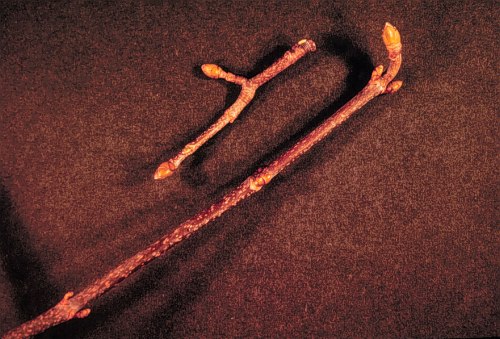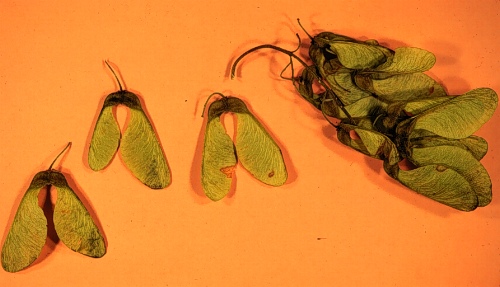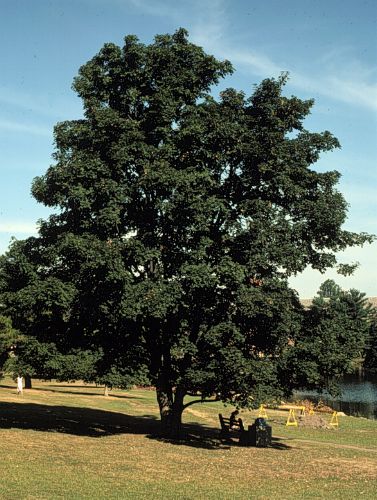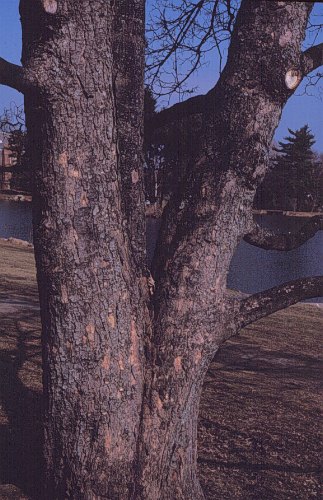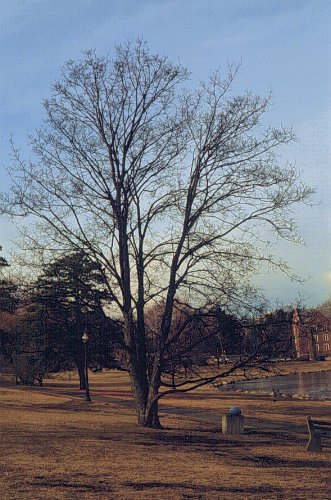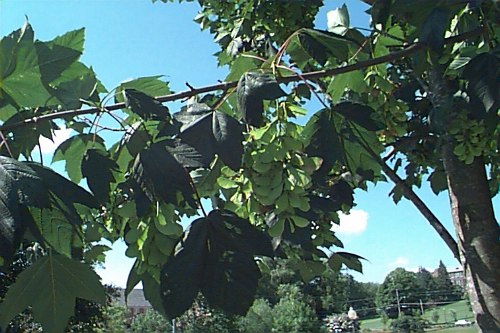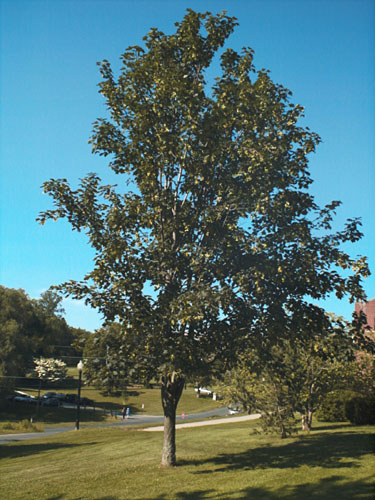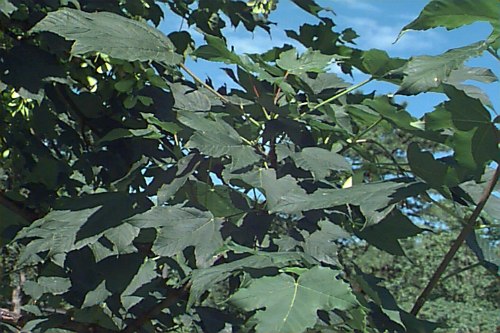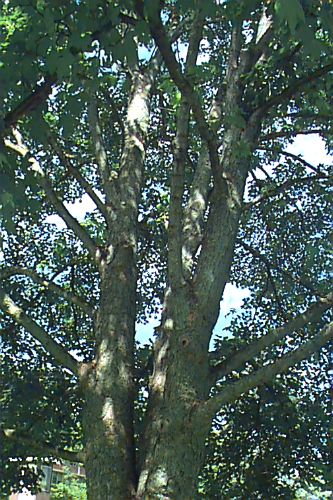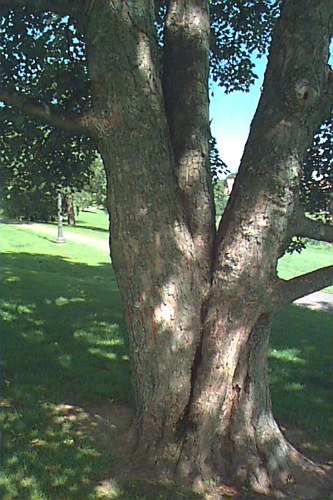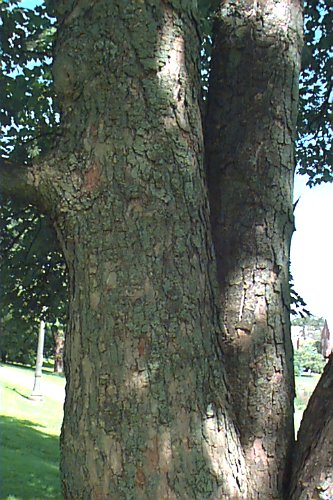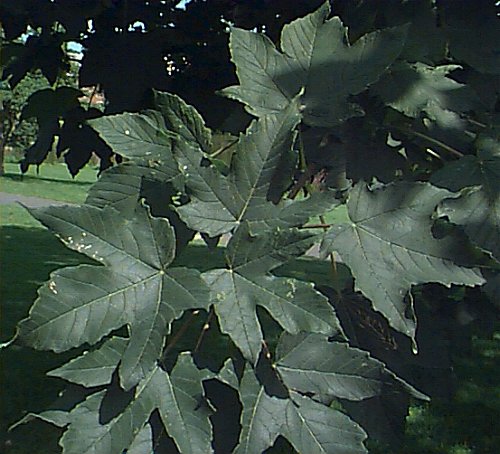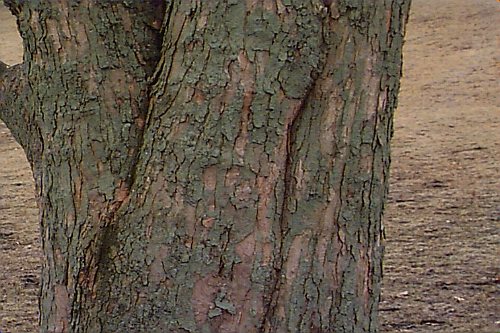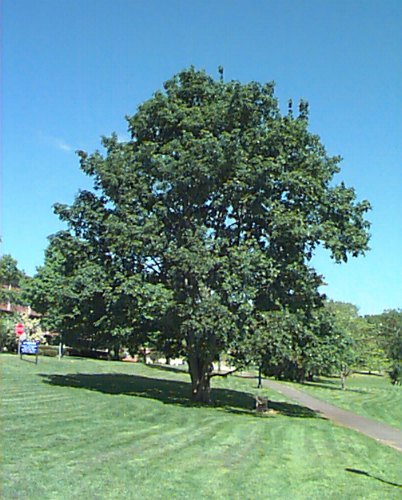Acer pseudoplatanus
Planetree Maple, Sycamore Maple
Aceraceae
ExpandHabitat
- native to Europe and central Asia
- cultivated in Europe for centuries
- hardy to zone 5 (possibly zone 4)
- Special Note: This species has demonstrated an invasive tendency in Connecticut, meaning it may escape from cultivation and naturalize in minimally managed areas. For more information, .
Habit and Form
- deciduous
- medium to large tree, 40' to 60' tall or more
- upright spreading branches
- oval to rounded outline
- foliage and branching typically dense and compact
- texture is medium
Summer Foliage
- high quality
- opposite, 5-lobed with 2 basal lobes much smaller than the 3 primary lobes
- 3" to 6" across
- dark green above, greenish white on underside
- leathery with impressed veins
- coarsely toothed margins
Autumn Foliage
- generally poor
- yellowish or greenish brown
Flowers
- yellowish green, in May
Fruit
- samaras, 1.25" to 2"
- in pendulous clusters
Bark
- irregularly scaly, steel gray bark with orange color showing where bark flakes off
Culture
- easily transplanted and established
- very adaptable
- tolerates salt and seaside locations
- tolerates high pH, calcareous soils
- full sun best, can take light shade
- prefers cool environment; not for southern states
- tolerant of exposed areas
Landscape Uses
- shade tree for lawns of parks, campuses, public areas
- good choice for coastal areas
- good choice for alkaline soils
Liabilities
- cankers (nectria)
- aphids and sooty mold
- stem borers
- can develop considerable dead wood requiring removal
- twig kill can occur in cold winters
ID Features
- thick leathery leaves
- large, plump buds remain green in the winter which separates them from similar Acer platanoides buds which turn purplish
Propagation
- by seeds
- cultivars are bud grafted
Cultivars/Varieties
Variegated forms are common and grow well. 'Brilliantissimum' has leaves that unfurl pink and then progress to cream, yellow and finally green. 'Leopoldii' has leaves with yellow/pink and purple marbling. Other clones are known with white and green leaf markings. These forms are often grafted.
'Atropurpureum' (also known as 'Spaethii') - Features leaves that are dark green above and burgundy on the underside. Will come partially true from seed. Seems to be more prone to disease and insect problems than the species
